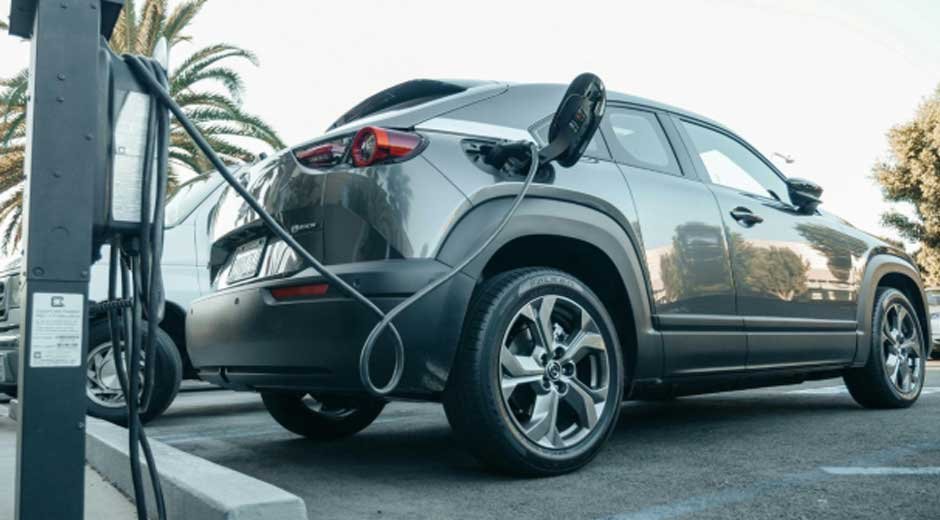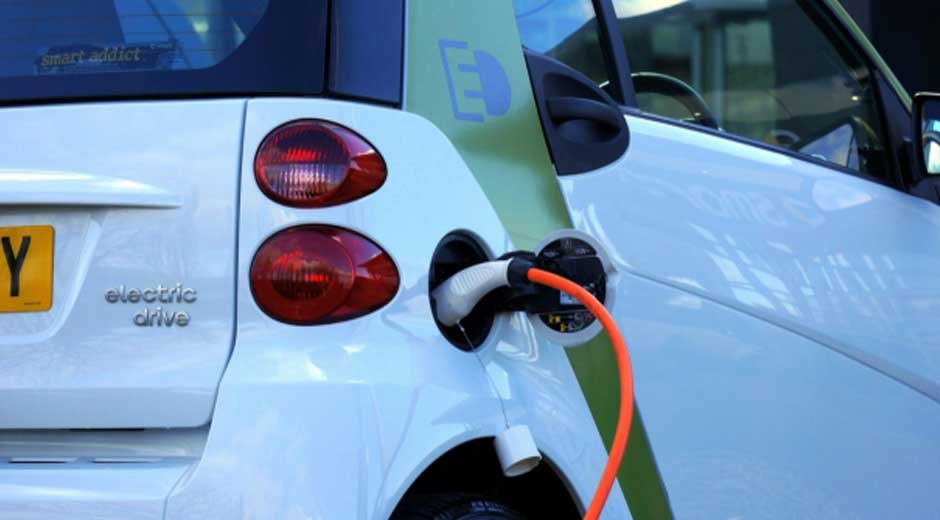Electric vehicles (EVs)—once a futuristic concept—are now decisively reshaping the global automotive landscape. In fact, over the past decade, they have surged in popularity. This trend stems from advancements in technology, heightened environmental awareness, and government policies targeting carbon emission reduction—factors that together transform what was once an idea into tangible roadworthy machines.
Whether compact city cars or luxury SUVs, electrically powered options now dominate headlines as well as dealership lots for drivers of all persuasions. Major automakers are pivoting their production lines to accentuate electric models. Simultaneously, new market entrants underscore the shift toward electrification. The pertinent question now is not if electric cars represent the future but rather how swiftly they will establish themselves as standard.
First-time buyers may find the transition to an electric car daunting. Myriad options, technical jargon, and novel factors contribute to this feeling. Yet, this article aims to demystify the process, highlighting critical elements that can guide you toward a well-informed decision.
Analyzing Upfront Costs vs. Long-Term Savings
Potential buyers typically encounter the upfront cost as their first hurdle when considering an electric vehicle. Although EVs often command a higher initial purchase price than their gasoline-powered counterparts, this initial outlay is balanced by considerable long-term savings. EVs generally incur lower fueling expenses because electricity costs less than gasoline.
Moreover, owners charging their vehicles at home during off-peak hours reap substantial savings. Maintenance outlays also drop significantly. Electric cars possess fewer moving parts and bypass the need for oil changes while benefiting from regenerative braking systems that reduce brake wear. Throughout an EV’s lifespan, such cost reductions can accumulate to a significant sum, rendering these vehicles an economically sound investment over time.
Insurance Considerations
Although electric vehicles can be pricier to insure than conventional ones due to advanced component costs, such as battery packs or specialized electronics, for replacement or repair, many insurers offer incentives to drivers of EVs to encourage them to drive more sustainably. Insurers increasingly acknowledge EVs’ safety features—such as advanced driver-assistance systems (ADAS)—which can diminish accident risks and may qualify you for lower premiums, offsetting higher repair costs.
To save on insurance costs for an electric vehicle, consider reaching out to brokers in your area. These experts can explain how auto insurance for EVs works in detail and provide you with an affordable quote. So, if you live in Ontario, for example, contact local brokers who will get you the most affordable car insurance Ontario has to offer for your electric vehicle in basically no time.
Home Charging Setup and Costs
Owning an electric vehicle presents a substantial benefit: the ease of home charging. Typically, homeowners install a Level 2 charger to achieve quicker charging rates than those from standard household outlets, known as Level 1. Installation costs fluctuate based on electrical complexities but do come with a hefty price tag.
For instance, in Canada, homeowners can expect to spend between $2,000 and $7.500 for the installation of a Level 2 EV charger. However, many homeowners deem the investment worthwhile as it enables them to begin each day with a fully charged battery, thus circumventing frequent trips to public charging stations. Moreover, some utility companies offer rebates or incentives, reducing installation costs.
Consider not only the installation costs but also their effect on your electricity bill. Charging an EV elevates electricity usage, yet it typically remains much less expensive than fueling a gasoline-powered vehicle. Furthermore, numerous utility providers promote time-of-use plans, motivating EV owners to charge during off-peak hours for reduced rates. You can significantly reduce overall charging costs by planning your routine around time-of-use rates; thus, you maximize savings and minimize environmental impact.
Availability of Public Charging Stations
Home charging offers convenience; however, public charging stations prove essential for extended travel or when home charging is unattainable. Rapid expansion has marked the recent growth of public charging infrastructure. Strategically situated near shopping centers and eateries, these hubs enable drivers to top up their batteries while engaging in day-to-day activities or resting on prolonged trips.
Familiarize yourself with the public charging options in your area and regular routes. Many networks offer mobile apps that enable you to locate nearby stations, assess real-time availability, and reserve chargers to help plan your trips efficiently.
Environmental Impact of Electric Vehicles
Electric vehicles—frequently praised as a cleaner alternative to internal combustion engine vehicles (ICE)—demand scrutiny of their true environmental impact, necessitating an examination of the total carbon footprint. In addition to producing zero tailpipe emissions, EVs boast broader ecological advantages. Their lifecycle emissions—from manufacturing through operation to disposal—are markedly less than those associated with ICE vehicles.
The manufacturing of electric vehicles, especially their batteries, generates a higher carbon footprint than that of traditional combustion engines; however, despite the energy-intensive and environmentally disruptive extraction and processing of raw materials, the long-term environmental benefits conferred by EVs tend to surpass these initial emissions. This advantage is further amplified as battery technology advances and renewable energy sources increase in prevalence.

Final Thoughts
Electric cars have transcended their futuristic concept status—they now form part of our present, actively redefining notions of transportation. Switching to an electric vehicle signifies not merely a change in transportation; it heralds a move toward sustainable living. Electric vehicles bring lower carbon emissions, diminished fuel expenses, and enhanced driving serenity—the blueprint for an eco-friendly journey ahead. Although acclimating to novel charging routines and grasping EV technology intricacies present hurdles, these all lead to substantial rewards that eclipse any initial learning curve demands. The automotive industry’s relentless innovation, coupled with global government support for greener initiatives, signifies an ideal moment to embrace change.
For those in Perth looking for flexible options, considering rent to own cars Perth can be an excellent way to transition into the world of electric vehicles while enjoying the benefits of ownership without the immediate financial commitment.



